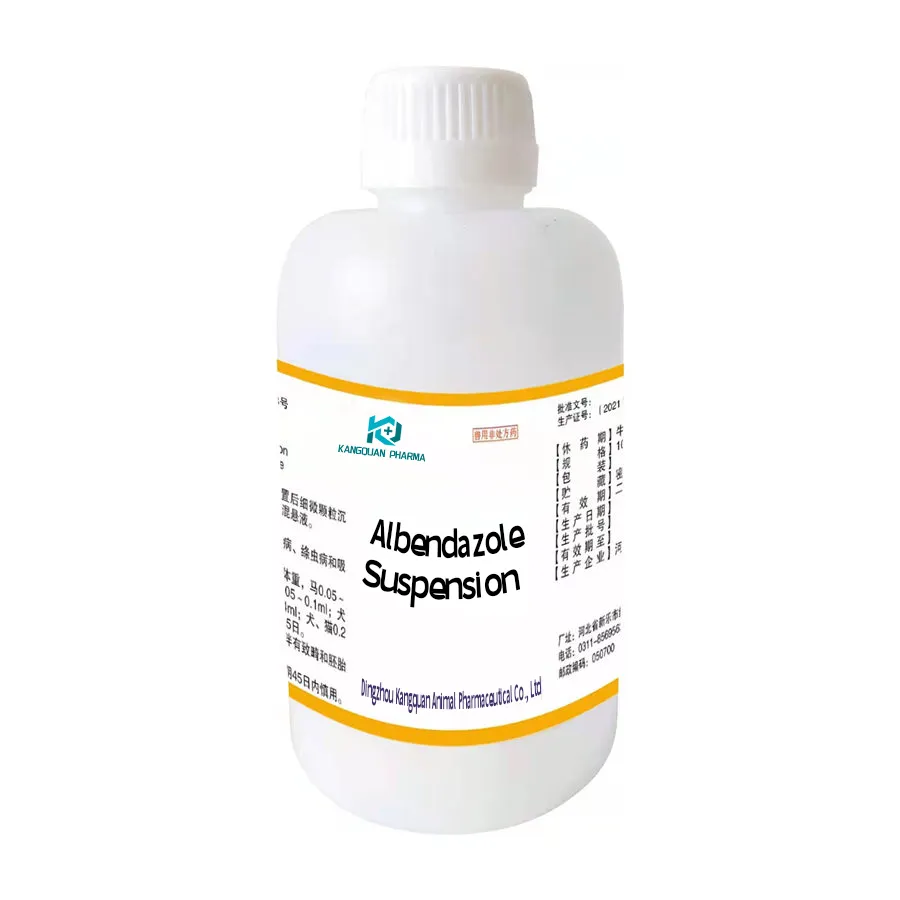- Afrikaans
- Albanian
- Amharic
- Arabic
- Armenian
- Azerbaijani
- Basque
- Belarusian
- Bengali
- Bosnian
- Bulgarian
- Catalan
- Cebuano
- Corsican
- Croatian
- Czech
- Danish
- Dutch
- English
- Esperanto
- Estonian
- Finnish
- French
- Frisian
- Galician
- Georgian
- German
- Greek
- Gujarati
- Haitian Creole
- hausa
- hawaiian
- Hebrew
- Hindi
- Miao
- Hungarian
- Icelandic
- igbo
- Indonesian
- irish
- Italian
- Japanese
- Javanese
- Kannada
- kazakh
- Khmer
- Rwandese
- Korean
- Kurdish
- Kyrgyz
- Lao
- Latin
- Latvian
- Lithuanian
- Luxembourgish
- Macedonian
- Malgashi
- Malay
- Malayalam
- Maltese
- Maori
- Marathi
- Mongolian
- Myanmar
- Nepali
- Norwegian
- Norwegian
- Occitan
- Pashto
- Persian
- Polish
- Portuguese
- Punjabi
- Romanian
- Russian
- Samoan
- Scottish Gaelic
- Serbian
- Sesotho
- Shona
- Sindhi
- Sinhala
- Slovak
- Slovenian
- Somali
- Spanish
- Sundanese
- Swahili
- Swedish
- Tagalog
- Tajik
- Tamil
- Tatar
- Telugu
- Thai
- Turkish
- Turkmen
- Ukrainian
- Urdu
- Uighur
- Uzbek
- Vietnamese
- Welsh
- Bantu
- Yiddish
- Yoruba
- Zulu
8 月 . 09, 2024 06:40 Back to list
Dosage Guidelines for Ivermectin Injection in Sheep for Effective Parasite Control and Management
Ivermectin Injection Dosage for Sheep A Comprehensive Guide
Ivermectin, a potent antiparasitic agent, is widely used in veterinary medicine to control a variety of internal and external parasites in livestock, including sheep. Its effectiveness against nematodes, arthropods, and some ectoparasites has made it a staple in ovine health management. Administering the correct dosage is crucial to ensure the efficacy of the treatment while minimizing the risk of adverse effects.
Understanding Ivermectin
Ivermectin belongs to the avermectin class of drugs derived from the fermentation of the soil bacterium *Streptomyces avermitilis*. It works by disrupting the nervous system and muscle function of parasites, ultimately leading to their paralysis and death. Its wide spectrum of activity includes target parasites such as roundworms, lungworms, mites, and lice, making it invaluable for maintaining the health and productivity of sheep.
Dosage Guidelines
The recommended dosage of Ivermectin for sheep generally ranges from 200 to 300 micrograms per kilogram of body weight. The specific dosage may depend on various factors, including the type of parasite being treated, the sheep's age and weight, and any concurrent health issues. For most applications, a dosage of 0.2 mg/kg is sufficient for controlling gastrointestinal nematodes.
To facilitate accurate dosage, it is essential to weigh the sheep before treatment. This ensures that the correct amount of Ivermectin is administered, which is particularly important for younger or smaller sheep, as overdosing can lead to toxicity, while underdosing may result in treatment failure and the development of resistant parasite populations.
Administration Methods
ivermectin injection dosage for sheep

Ivermectin can be administered through various routes, with the most common being subcutaneous or intramuscular injection. Subcutaneous injection is often preferred due to its ease of administration and lower risk of complications. When administering the injection, it's vital to use a clean, sterilized needle and syringe to prevent infections.
It's also important to inject the solution into the loose skin behind the ear or over the neck, as these areas tend to have a good blood supply and facilitate quick absorption into the system.
Safety and Precautions
While Ivermectin is generally safe for use in sheep when administered correctly, there are some precautions to consider. Pregnant and lactating ewes should be treated cautiously, as the effects of Ivermectin on unborn or nursing lambs are not fully understood. It is also advisable to avoid using Ivermectin in sheep intended for human consumption without observing the appropriate withdrawal periods, which typically range from 7 to 14 days, depending on the formulation.
Monitoring sheep post-treatment is essential to assess the effectiveness of the medication and to watch for any signs of adverse reactions, such as lethargy, swelling at the injection site, or unusual behavior. Regular veterinary check-ups can help ensure that Ivermectin is being used effectively and safely within the full spectrum of sheep health management.
Conclusion
Ivermectin injection is an effective tool for managing parasitic infections in sheep. By adhering to the recommended dosages, methods of administration, and safety protocols, sheep producers can enhance the health and productivity of their flock. Continuous education about parasite control and adherence to veterinary guidance will not only safeguard animal welfare but also support sustainable farming practices in the sheep industry. Always consult a veterinarian for specific advice tailored to your particular situation.
-
The Power of Radix Isatidis Extract for Your Health and Wellness
NewsOct.29,2024
-
Neomycin Sulfate Soluble Powder: A Versatile Solution for Pet Health
NewsOct.29,2024
-
Lincomycin Hydrochloride Soluble Powder – The Essential Solution
NewsOct.29,2024
-
Garamycin Gentamicin Sulfate for Effective Infection Control
NewsOct.29,2024
-
Doxycycline Hyclate Soluble Powder: Your Antibiotic Needs
NewsOct.29,2024
-
Tilmicosin Premix: The Ultimate Solution for Poultry Health
NewsOct.29,2024













